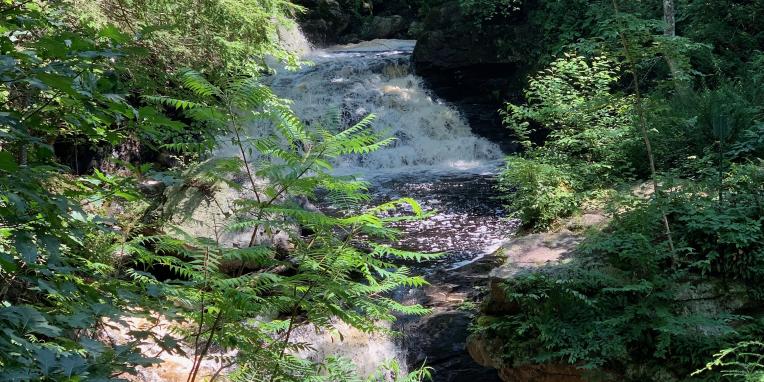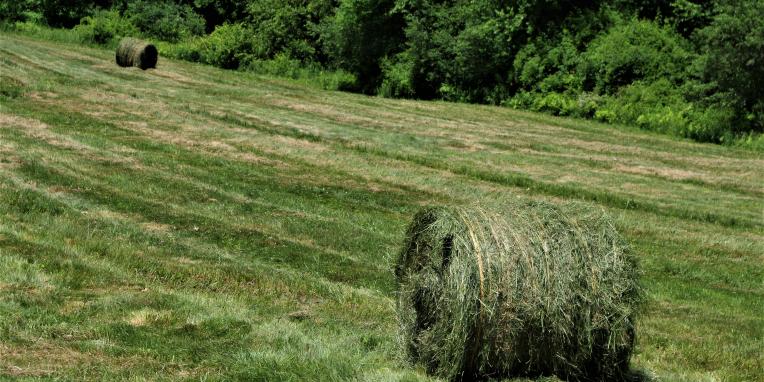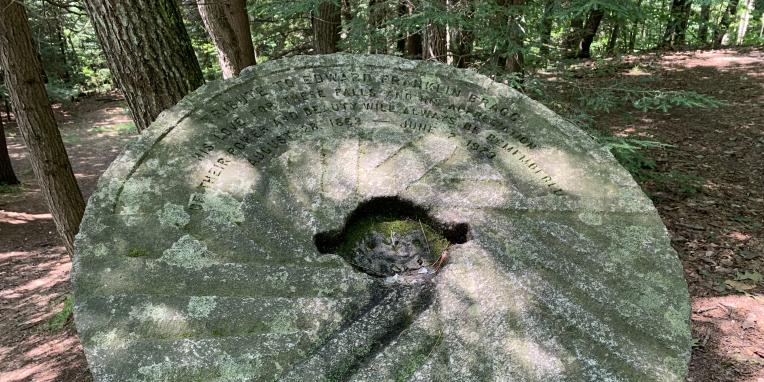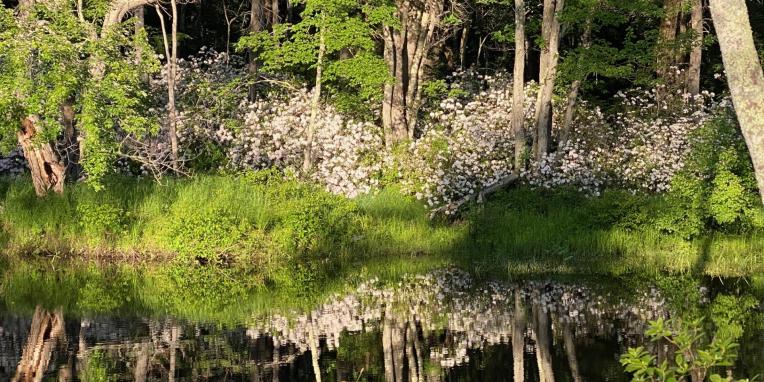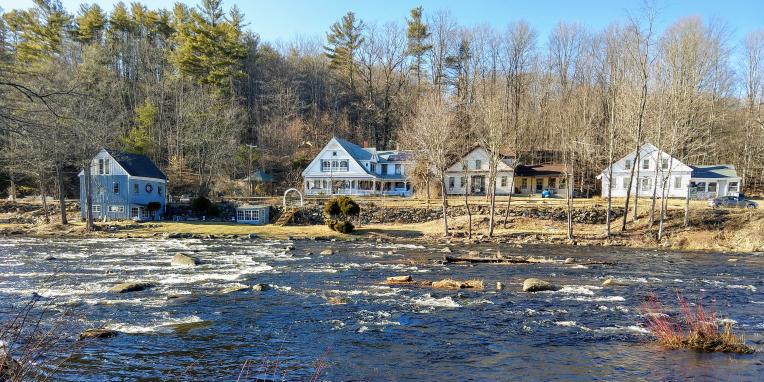Riverside Cemetery Hearse House
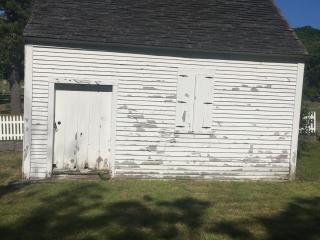
This building's history is less documented than some other important buildings but as an anchor for the Riverside Cemetery the Building Committee is determined to have it restored.
The Riverside Cemetery Hearse House appears to date from about 1937 or 1938 and was probably constructed from lumber milled in a local sawmill from downed trees following the floods of 1937 or 1938. This structure has historic significance to the Town of Royalston and if repaired and made structurally sound, it would serve as some needed storage space for both the DPW and the Cemetery Commission.
The primary risk at this time, July 2016, is that the building continue its lean toward the east until it fails and collapses. The exterior of the building needs to be lifted up so that new sills can be properly installed as an extension to the current floor and floor joist system. The exterior can then be placed back on these new sills so that the entire structure is again intact.
All painted surfaces should be scrapped, replaced where necessary, and painted or stained. The roof should be replaced. Consideration might be given to modern, fireproof materials, that mimic slate or wood shakes that might have been put on the building originally.
The Riverside Hearse House is a bit unusual in that it apparently had facilities to house a horse to be used to draw the vehicle. The A, or left, side has a sliding door that might have been used for people to enter but could also have served as a door for a horse. In addition there is a window covered by a double enclosure that would have allowed airflow into the building. All hardware appears to be original and is still functional.
The exterior of the building is wood clapboard siding. The siding appears very old but it is currently installed with round nails.
An interior inspection shows the building was well constructed using a “stick built” technique. The wood appears to have been ripped down by a large, coarse, sawmill blade, adding credence to the local view that the building was rebuilt using downed trees following the hurricane.

